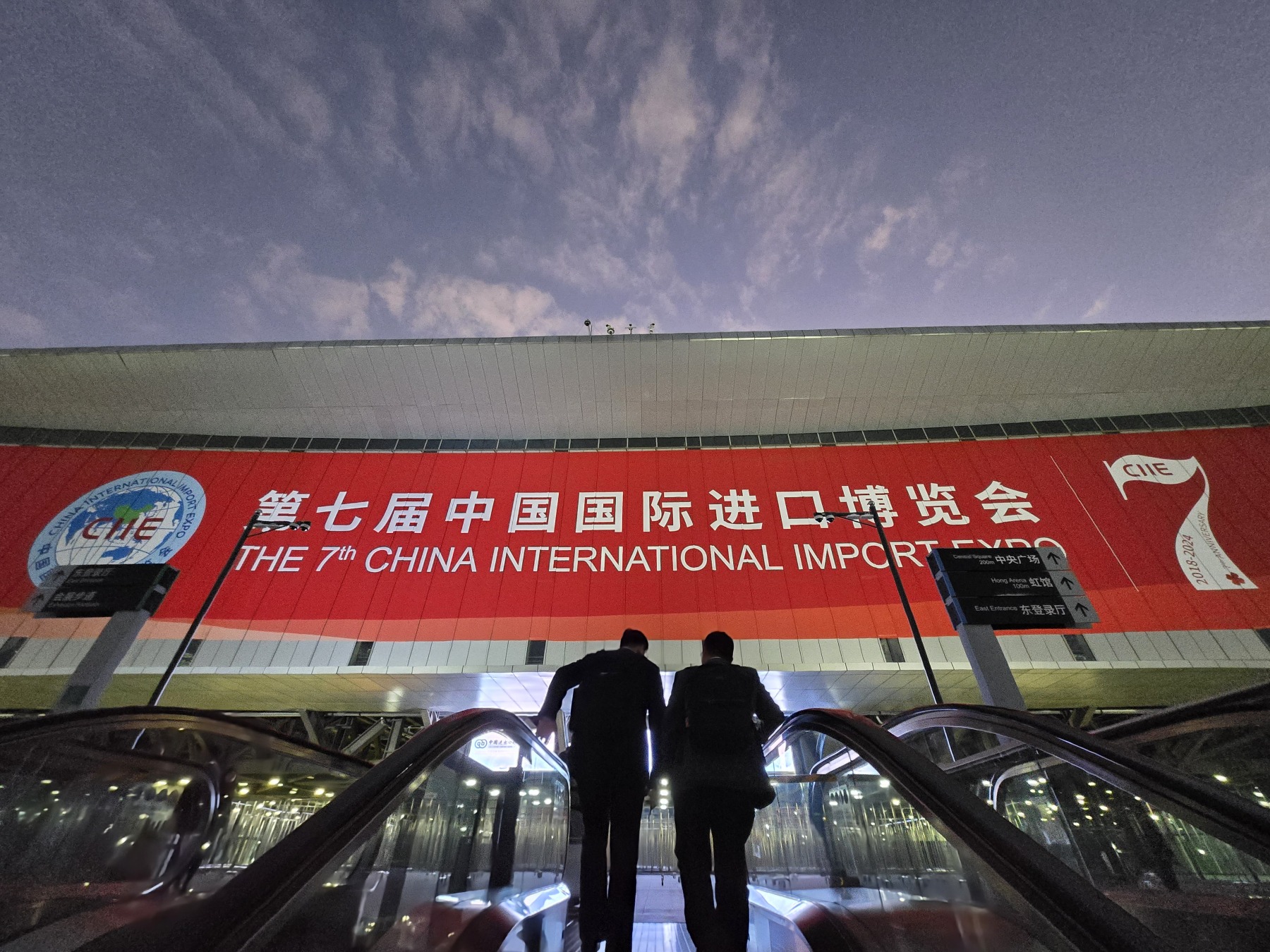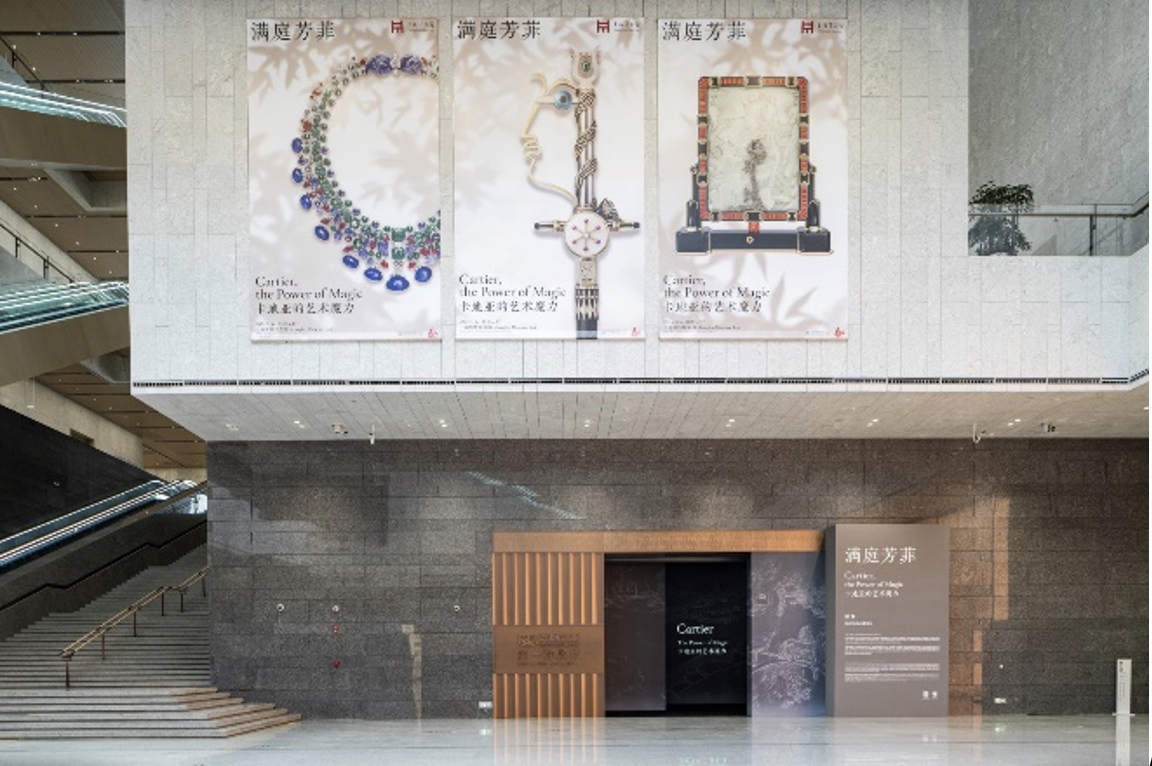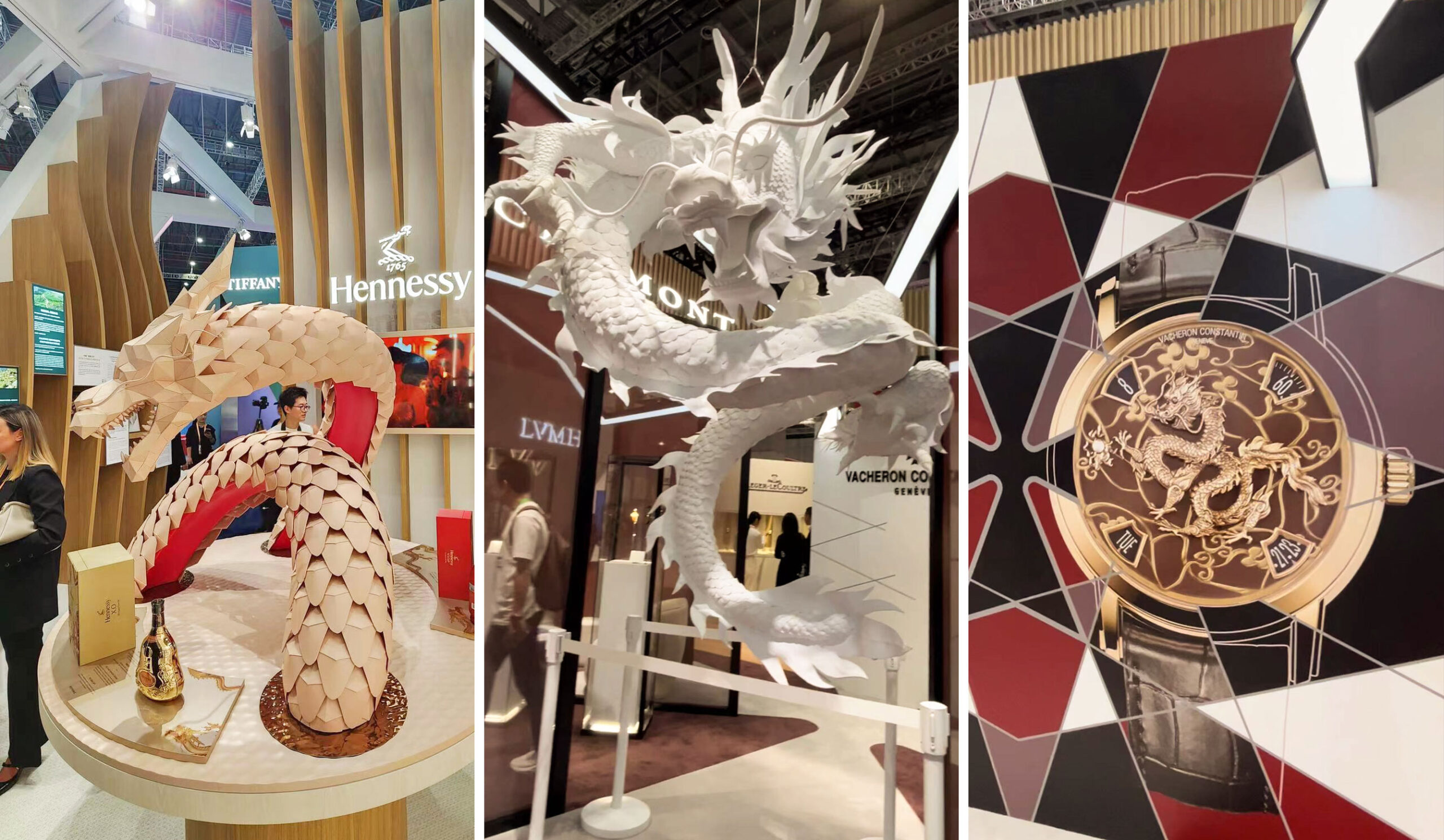On April 1st, the exhibition “The Forbidden City and the Palace of Versailles: Exchanges between China and France in the 17th and 18th Centuries” opened at the Palace Museum in Beijing.
Celebrating the 60th anniversary of Sino-French diplomatic relations and serving as a significant project of the “Franco-Chinese Year of Cultural Tourism,” the exhibition showcases the magnificence of political, cultural, and artistic exchanges between China and France throughout history.
Notably, Cartier participated as one of the main partners in this prestigious exhibition jointly organized by the Palace Museum and the Palace of Versailles.




The Forbidden City and the Palace of Versailles. Exchanges between China and France in the 17th and 18th Centuries exhibition
Whether in the realm of commerce or culture, Cartier has emerged as one of the most iconic luxury brands. With the growth of China’s luxury market in the last 30 years, Cartier’s brand image has evolved significantly through various cultural and artistic exchange activities.
Today, the brand focuses more on establishing long-term cultural influence, with the core of enhancing brand power relying heavily on “cultural power.” But can a brand’s “cultural power” be solely based on its historical heritage or legendary stories?
How does Cartier effectively showcase its “cultural power” through ongoing and deepened collaborations with major cultural institutions like the Palace Museum? What enables Cartier to participate in such a national-level exhibition?
Cartier and the Palace Museum: Integration and Mutual Communication
In 2019, the Palace Museum and the Palace of Versailles signed a memorandum of understanding for cooperation, with “The Forbidden City and the Palace of Versailles. Exchanges between China and France in the 17th and 18th Centuries” exhibition being a significant part of this agreement.
In 2024, coinciding with the 60th anniversary of the establishment of diplomatic relations between China and France, this exhibition arrived as scheduled. It features approximately 200 cultural relics from the Palace Museum, the Palace of Versailles, and other collecting institutions, showcasing diplomatic, cultural, and artistic exchanges between China and France from the latter half of the 17th century to the end of the 18th century.

Cartier and the Palace Museum sign cooperation agreement.
Cartier supported this exhibition project as a main partner, thus becoming one of the few luxury brands able to participate in such national-level cultural exchange exhibitions.
“This exhibition also allows us to reflect on the role Cartier plays in international cultural exchange—a bridge between different cultures,” said Pierre Rainero, Cartier’s Image, Style, and Heritage Director, in an interview with The Forbidden City Magazine.
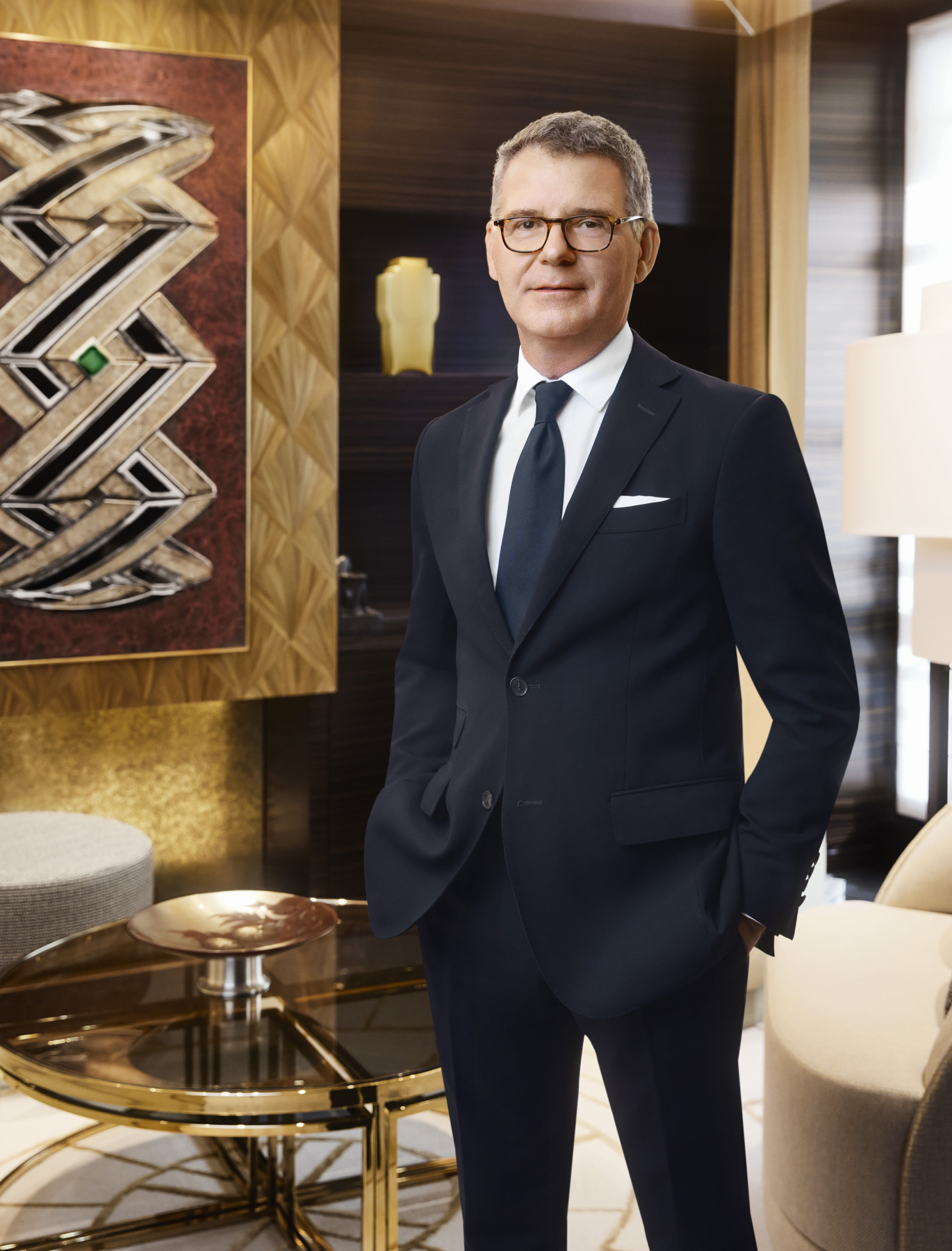
Pierre Rainero, Cartier’s Image, Style, and Heritage Director
In the year before Cartier officially entered the Chinese market in 1997, the Fondation Cartier pour l’art contemporain had already displayed the representative work “Le Pot Doré” by the famous French artist Jean-Pierre Raynaud in front of the Hall of Supreme Harmony in the Forbidden City, marking the beginning of the relationship between Cartier and the Palace Museum.
In 2009, with the first comprehensive exhibition “Cartier: Style and History” at the Meridian Gate exhibition hall of the Palace Museum, Cartier’s cooperation with the Palace Museum entered a new phase.
From 2014 to 2017, through three years of communication, Cartier and the Palace Museum jointly restored six clock and watch cultural relics from the museum’s collection.
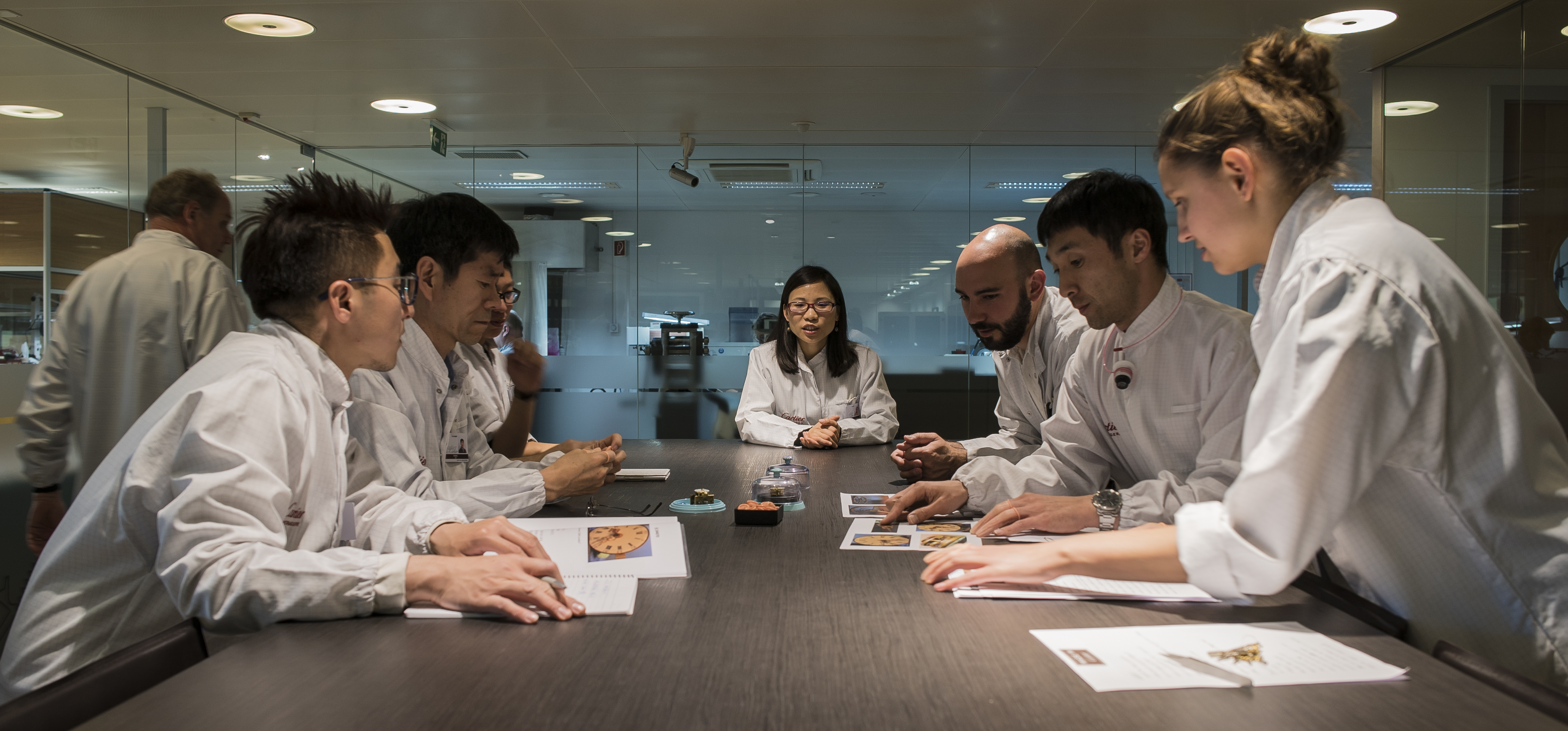
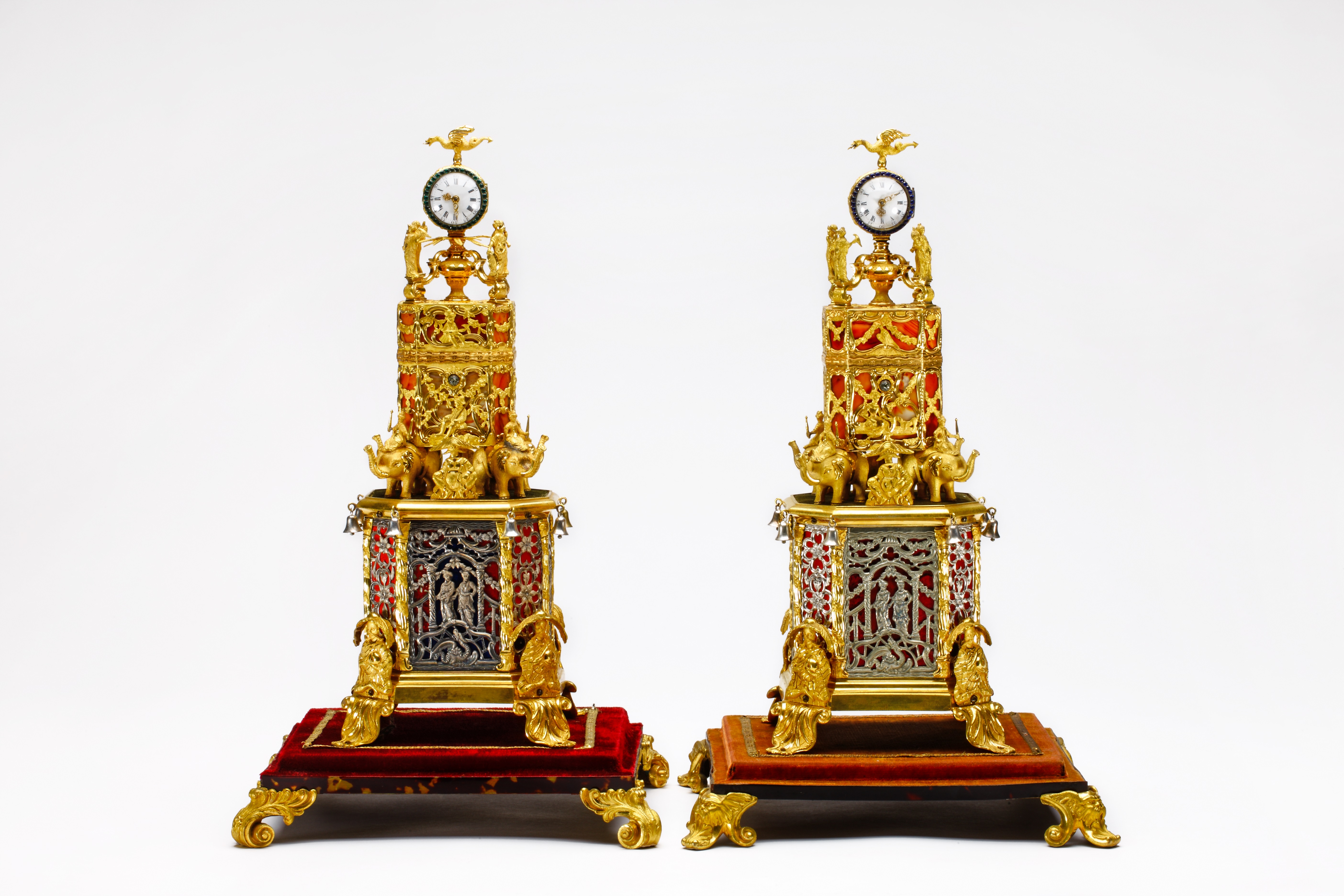
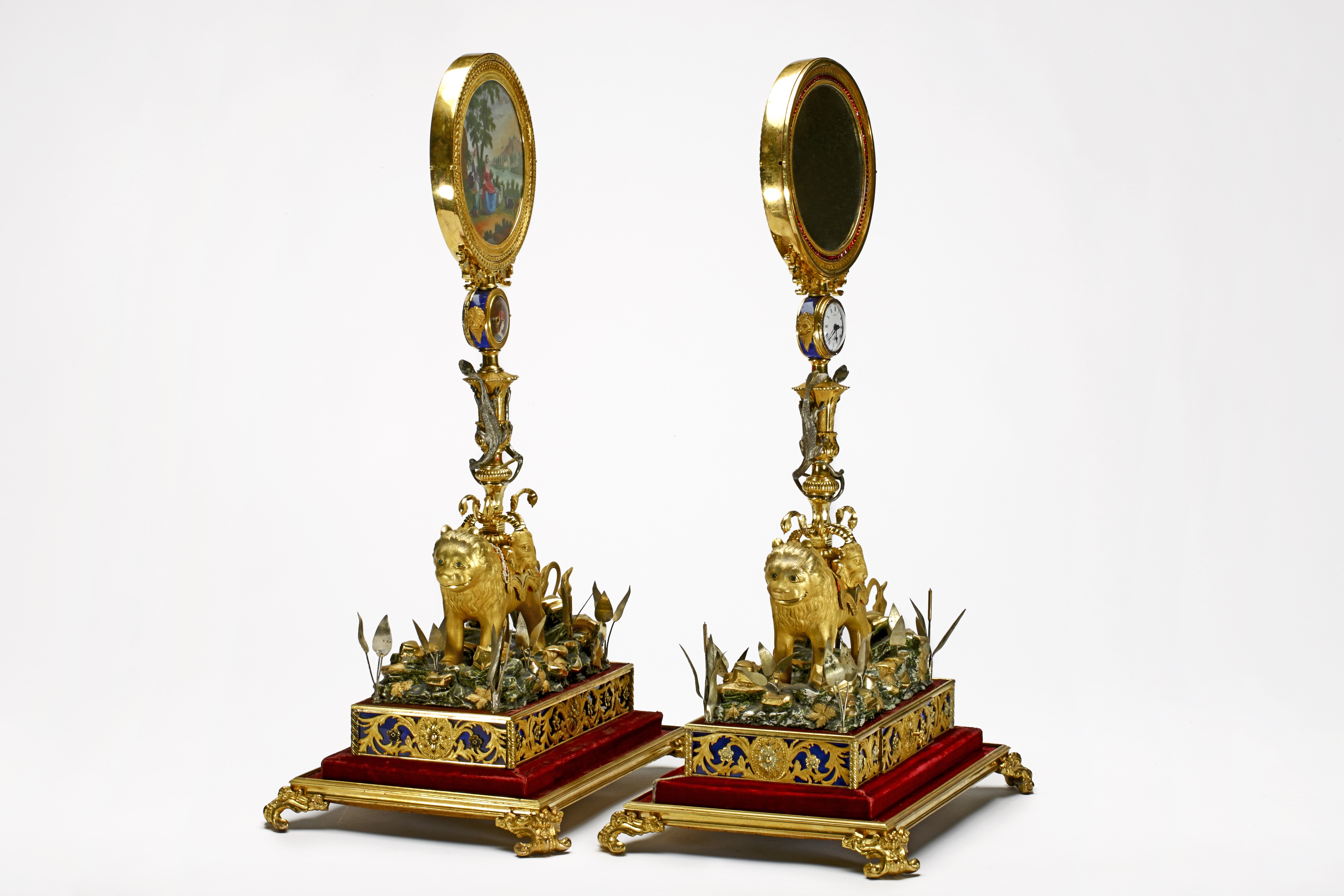
Cartier collaborates with staff from the Palace Museum to restore historical clocks and timepieces. Two pieces of gilded copper-inlaid agate musical clocks, © The Palace Museum. Two pieces of gilded copper lion-bearing ritual clocks, © The Palace Museum.
In 2019, these six restored cultural relics were exhibited at the “Beyond Boundaries: Craftsmanship and Restoration Exhibition,” pushing the cooperation between the two parties to a new climax. The exhibition delved into Sino-French cultural dialogue and also adopted diversified forms of exchange such as “cultural relics restoration,” evoking a higher level of emotional resonance between Eastern and Western civilizations.
Although the connection between Cartier and the Palace Museum is presented to the public through substantial cooperation, the Palace Museum, as a repository of Chinese traditional and applied arts, continues to inspire Cartier. As Pierre Rainero said, “The Palace Museum is a source of inspiration for Cartier today.”
During the opening ceremony of the “The Forbidden City and the Palace of Versailles. Exchanges between China and France in the 17th and 18th Centuries” exhibition on April 1st, Cartier, along with the Palace of Versailles and the Guimet National Museum of Asian Arts, signed cooperation agreements with the Palace Museum, reaffirming their intention to continue promoting exchange and cooperation in the future.
Being able to sign cooperation agreements with two important French cultural institutions along with the Palace Museum shows the significant recognition of Cartier’s role in cultural exchange. It is certain that Cartier will continue to inspire mutual understanding of Chinese and Western cultures in its cooperation with the Palace Museum.
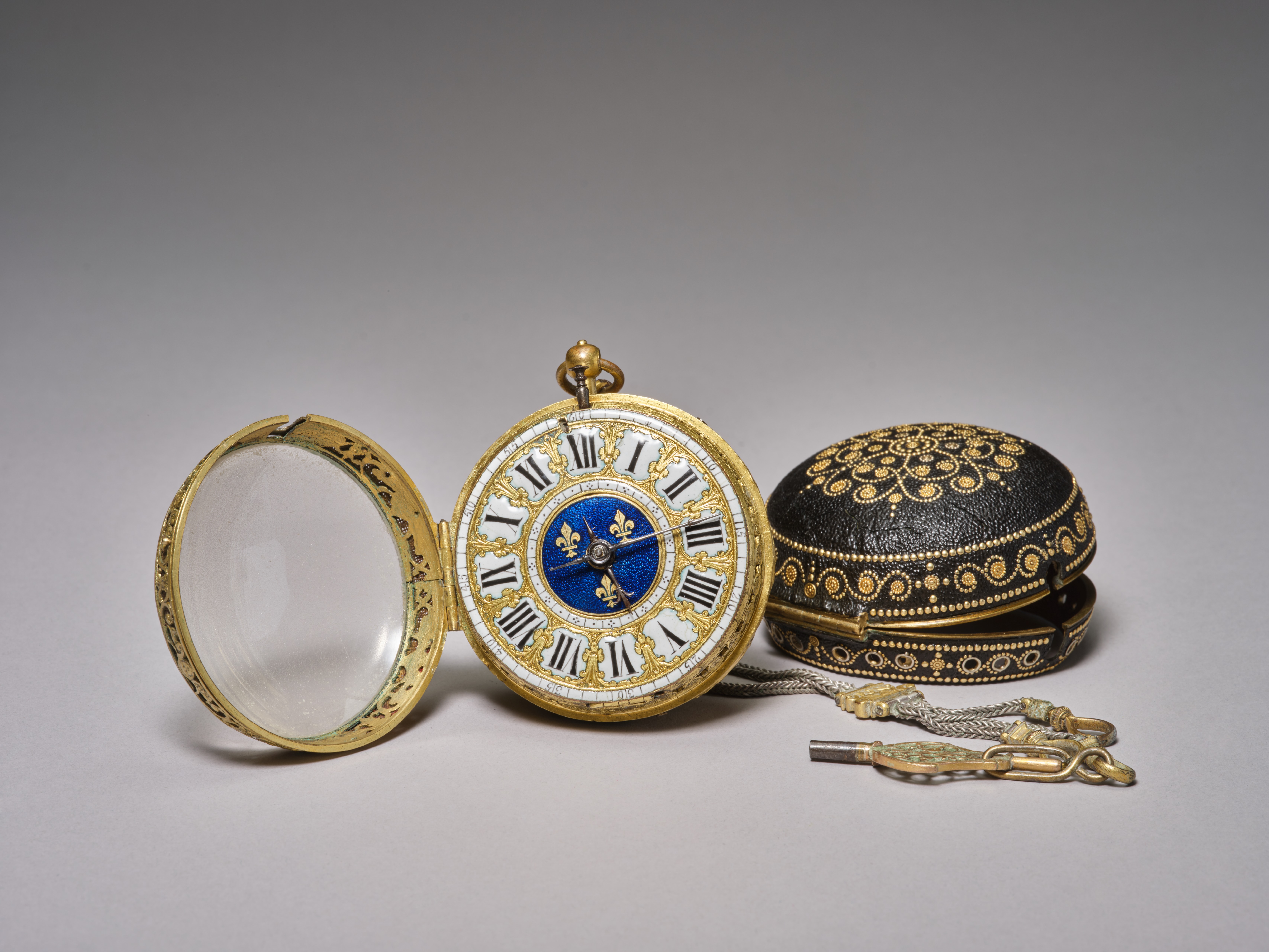
Exhibition “The Forbidden City and the Palace of Versailles. Exchanges between China and France in the 17th and 18th Centuries,” featuring a gilded bronze pocket watch with enameled portrait figures, held in the collection of the Palace Museum.
As another example of Cartier’s role in promoting cultural exchange, on April 1st, Cartier also extended its cooperation agreement with the China Cultural Heritage Exchange Center (Art Exhibitions China). Since the first cooperation agreement was signed in 2015, the two parties have achieved positive results in terms of exhibition information sharing, talent exchange, and training.
Cartier’s Multiple Identities in Cultural Activities
Supporting an exhibition as a partner is relatively rare for Cartier, which is more commonly known for participating in cultural exchange projects through the Cartier Collection and the Fondation Cartier pour l’art contemporain, established in the 1980s.
As early as the 1970s, Cartier began collecting its early creations of jewelry, watches, and precious objects, officially establishing the Cartier Collection in 1983. To date, it has amassed over 3,500 pieces from the 1850s to the early 21st century.
After holding its first exhibition at the Petit Palais in Paris in 1989, the Cartier Collection began extensive cooperation with globally renowned cultural and museum institutions. It invites museums and their curators to interpret the collection from their perspectives in a scholarly manner.
In 2004, the Cartier Collection’s first exhibition in China was held at the Shanghai Museum. Over the past twenty years, its journey has been deeply connected with China, from Beijing, Shenyang, Sichuan, Taipei, to last year’s Palace Museum in Hong Kong. Among these, the “Beyond Boundaries: Cartier and The Palace Museum Craftsmanship and Restoration Exhibition” held in 2019 received considerable attention.


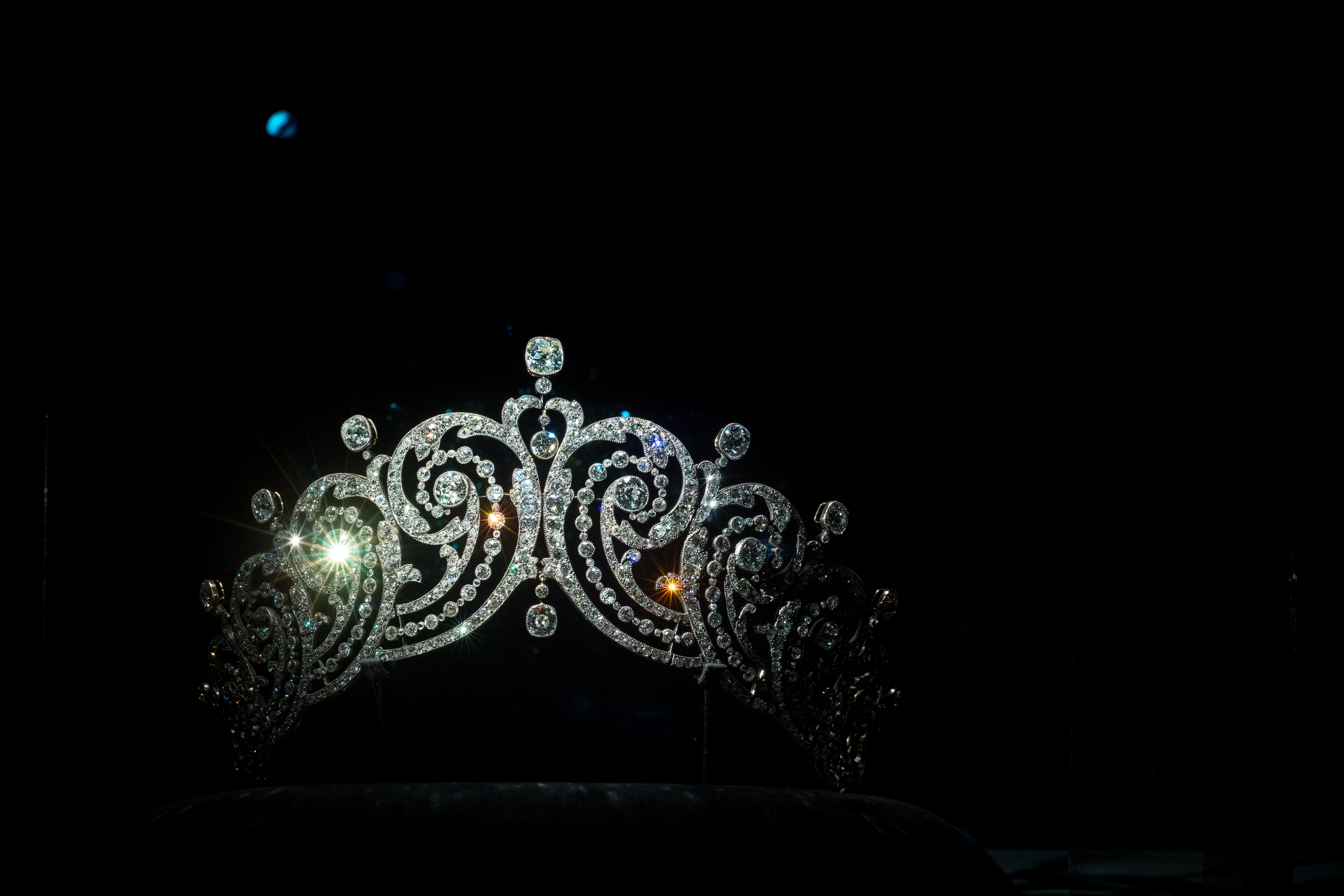

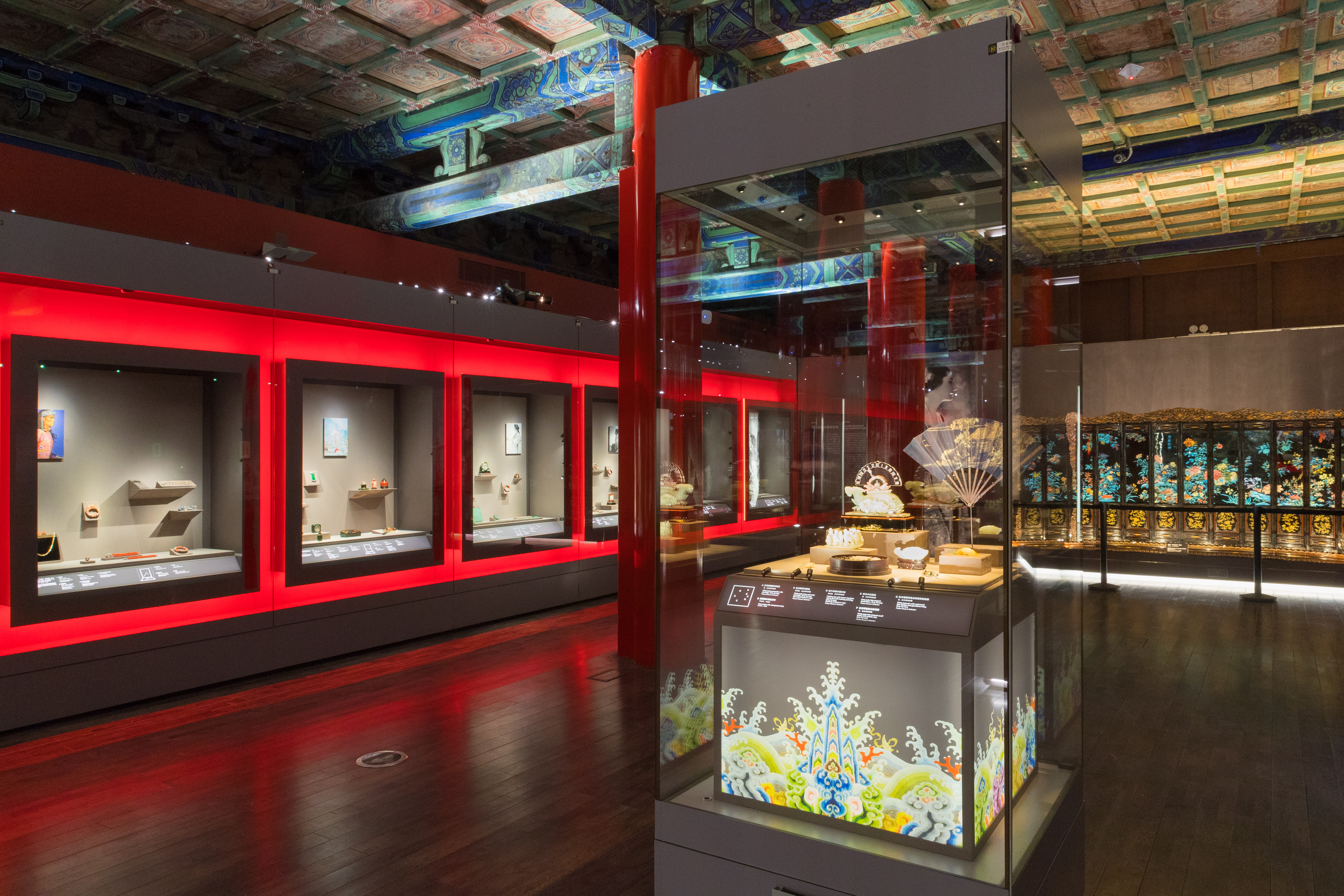
2019 Beyond Boundaries: Cartier and The Palace Museum Craftsmanship and Restoration Exhibition
The Cartier Collection also supports museum institutions’ art activities through loans, such as providing three important pieces for the “West Encounters East: A Cultural Conversation Between Chinese and European Ceramics,” co-created by the Shanghai Museum and the Musée Guimet in France in 2021.
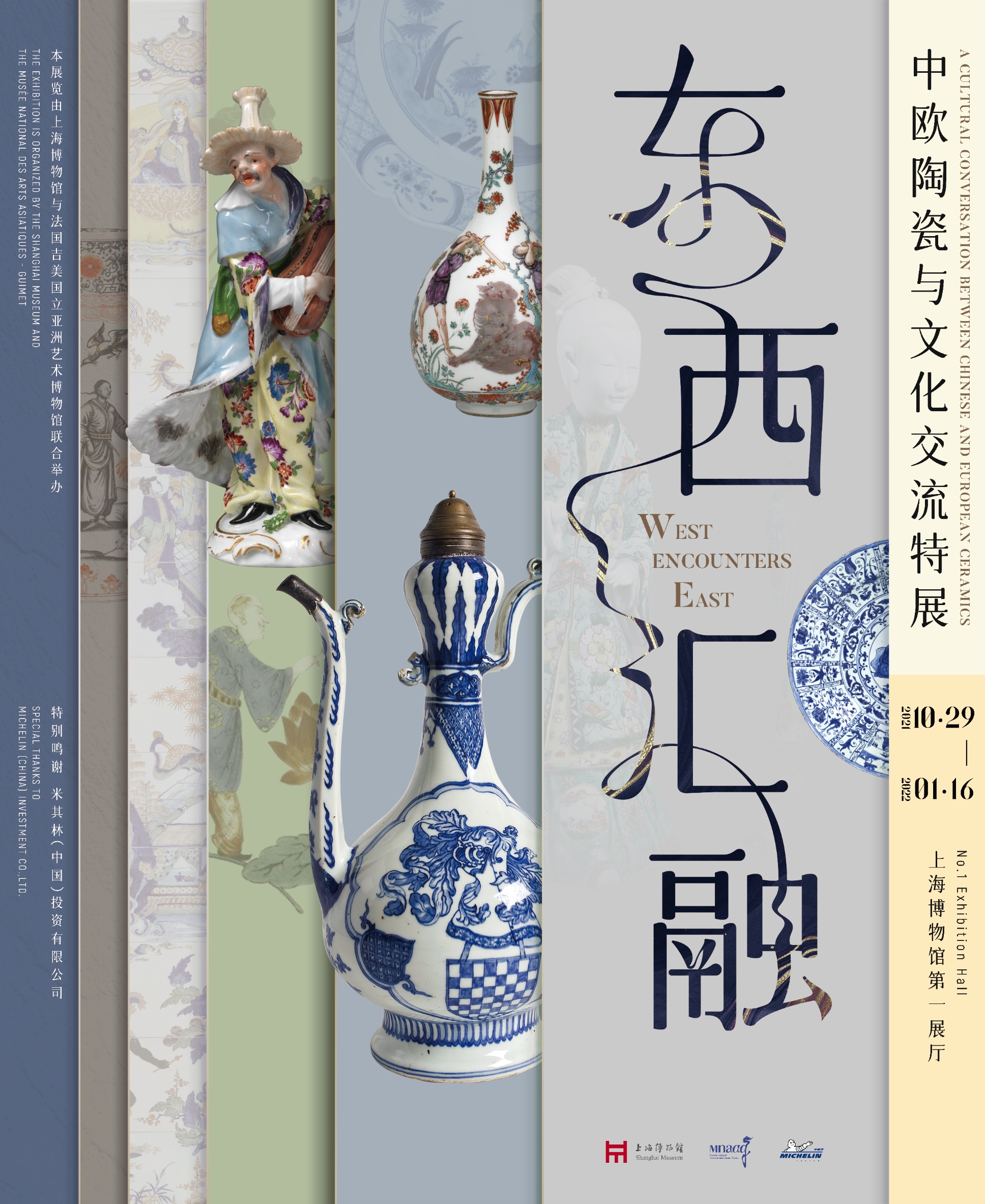
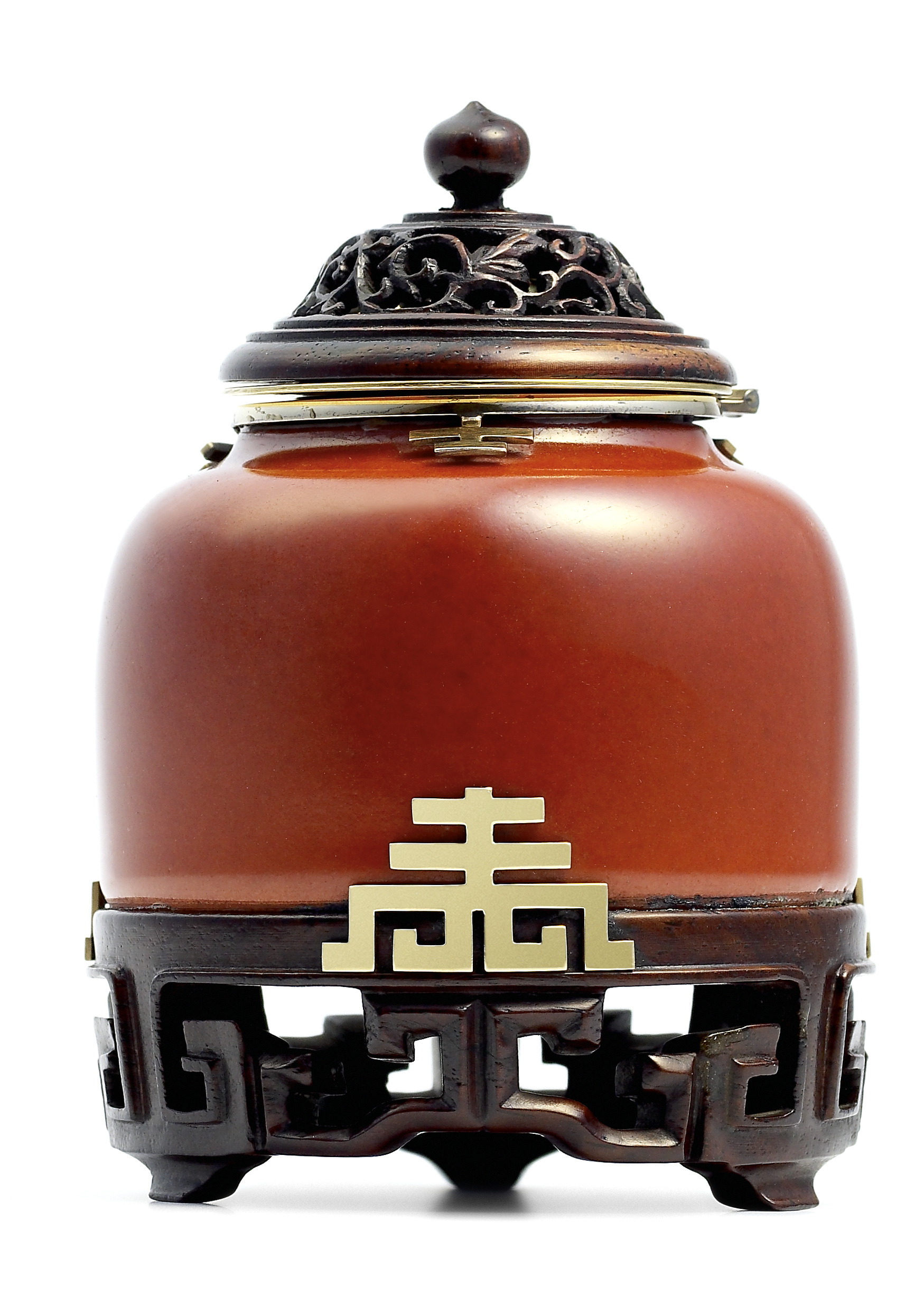
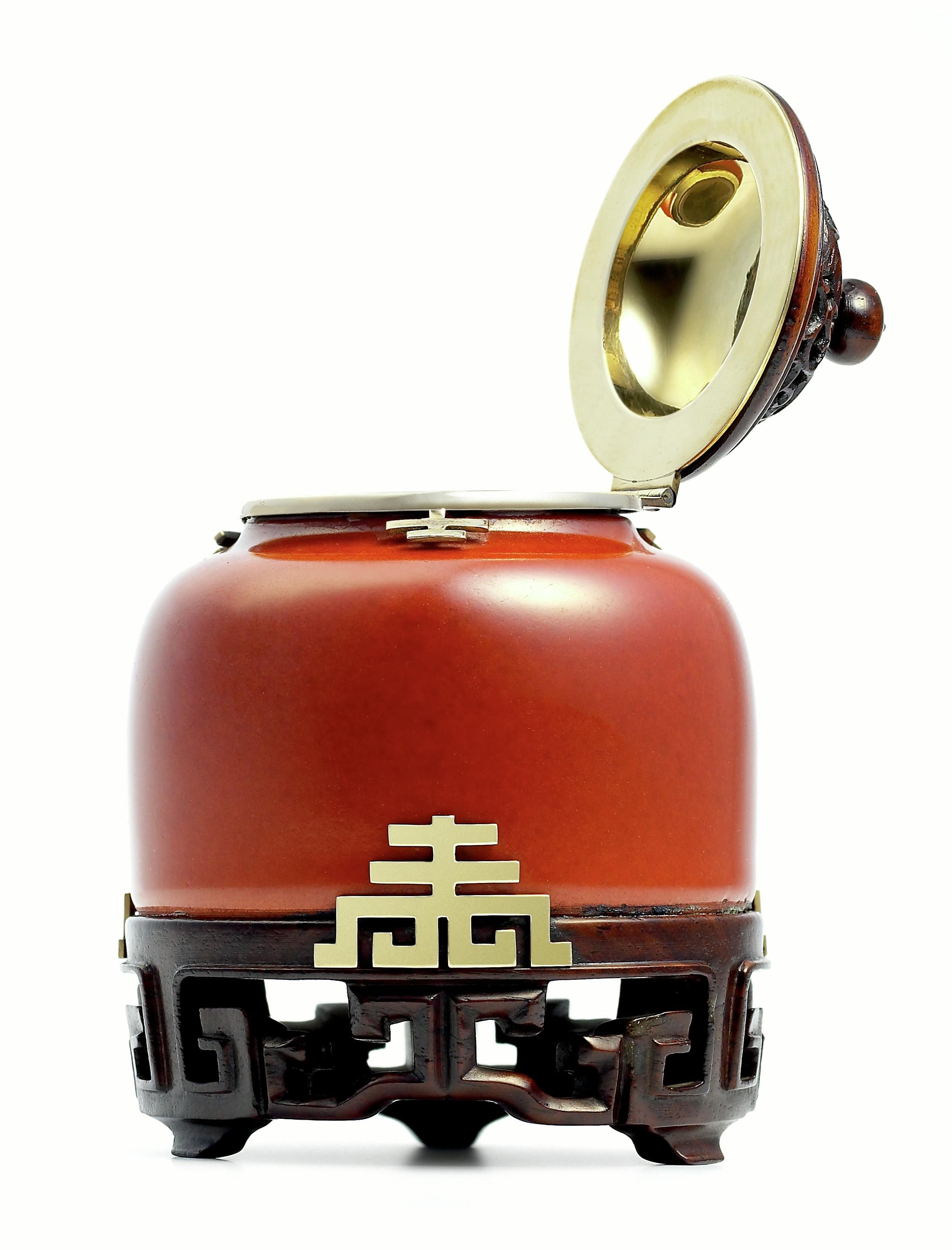
“West Encounters East: A Cultural Conversation Between Chinese and European Ceramics” A coral-red glazed water basin repurposed as an inkwell from the Cartier Collection (1927) Chinese porcelain from Jingdezhen kiln, Qing Dynasty, Yongzheng reign (1723–1735) Height 9.15 cm, Diameter 6.3 cm From the Cartier Collection
Looking back in history, we have reason to believe that culture encapsulates each era and history, and supporting culture and art also supports the progress of social civilization.
With its forward-thinking concepts and forms, the Cartier Collection and the Fondation Cartier pour l’art contemporain have had a significant impact on pure cultural and artistic exchange, reflecting Cartier’s depth of participation and breadth of roles in cultural and art activities. This time, Cartier’s direct involvement as a partner in the “The Forbidden City and the Palace of Versailles. Exchanges between China and France in the 17th and 18th Centuries” exhibition undoubtedly signifies a more diversified support for cultural and artistic exchange by Cartier.
Where Does Cartier’s Industry-Leading Cultural Influence Come From?
—Creator of Style Icons
Jewelry culture and its imbued meanings are intimately linked to human values. Like fashion and architecture, jewelry transcends geographical and temporal boundaries, engaging in dialogue with diverse cultures and evoking deep resonances in people.
A review of Cartier’s history over 170 years reveals its leadership in style, aesthetics, and culture, as evidenced by the brand’s experience through several key periods.
Pierre Rainero emphasized in an interview with The Forbidden City Magazine that the Palace of Versailles played a crucial role in shaping Cartier’s early unique style. The link between the Palace of Versailles and Cartier is the Neoclassical art style.
For the Palace of Versailles, the Neoclassical art style, represented by the magnificent palace architecture, was one of the early inspirations for Cartier’s creations.
In the 1910s, Louis Cartier, the third generation leader of Cartier, drew inspiration from Neoclassical aesthetics and introduced platinum into jewelry creation for the first time, pioneering the “Garland Style.”
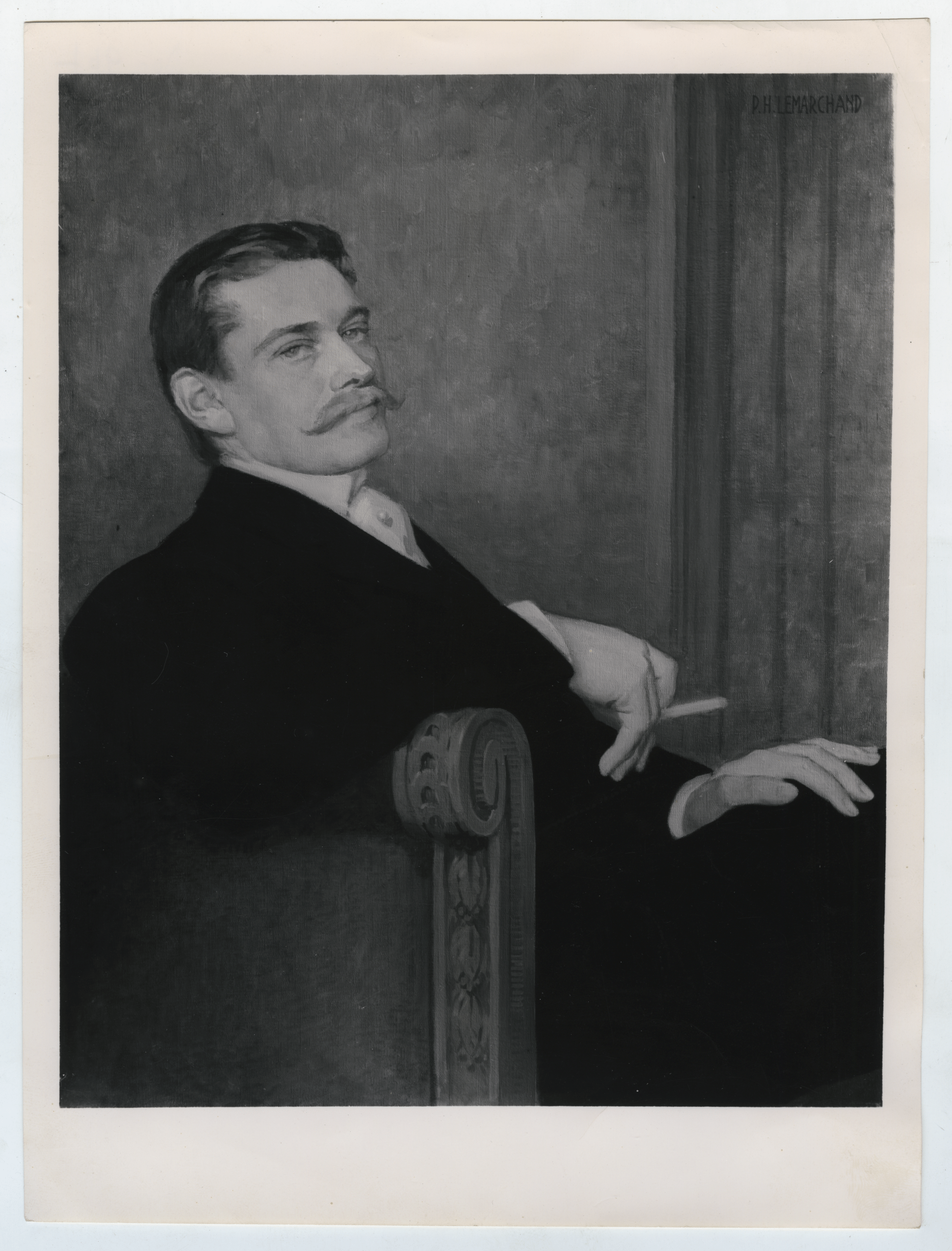
Louis Cartier, circa 1904 Archives Cartier Paris, Emile Friant © Cartier

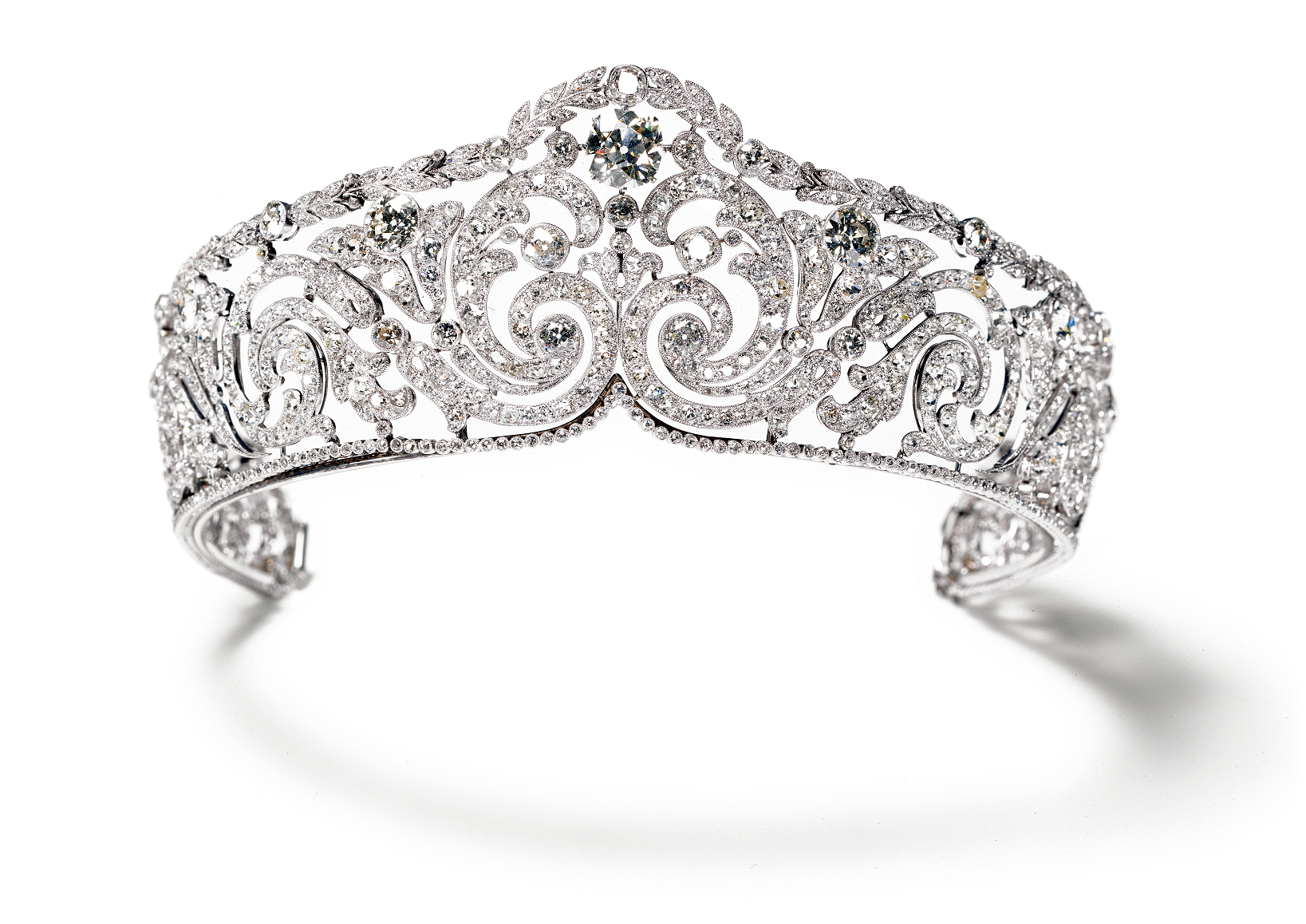
Cartier Lily Triangle Brooch (1906, Cartier Paris Special Customization) Cartier Scroll Crown (1910, Cartier Paris)
Cartier’s creations, such as the lily brooch and scroll tiara from the early 20th century, demonstrate Louis Cartier’s foresight in aesthetics. While the “Garland Style” was still popular, he moved ahead by simplifying designs with sleek lines and geometric patterns, heralding what would later be known as the Art Deco style.
The peak of Art Deco in the 1920s, a time when women gained new social statuses and Eastern and Western cultures collided, became a rich source of inspiration for Cartier, reflected in their designs.
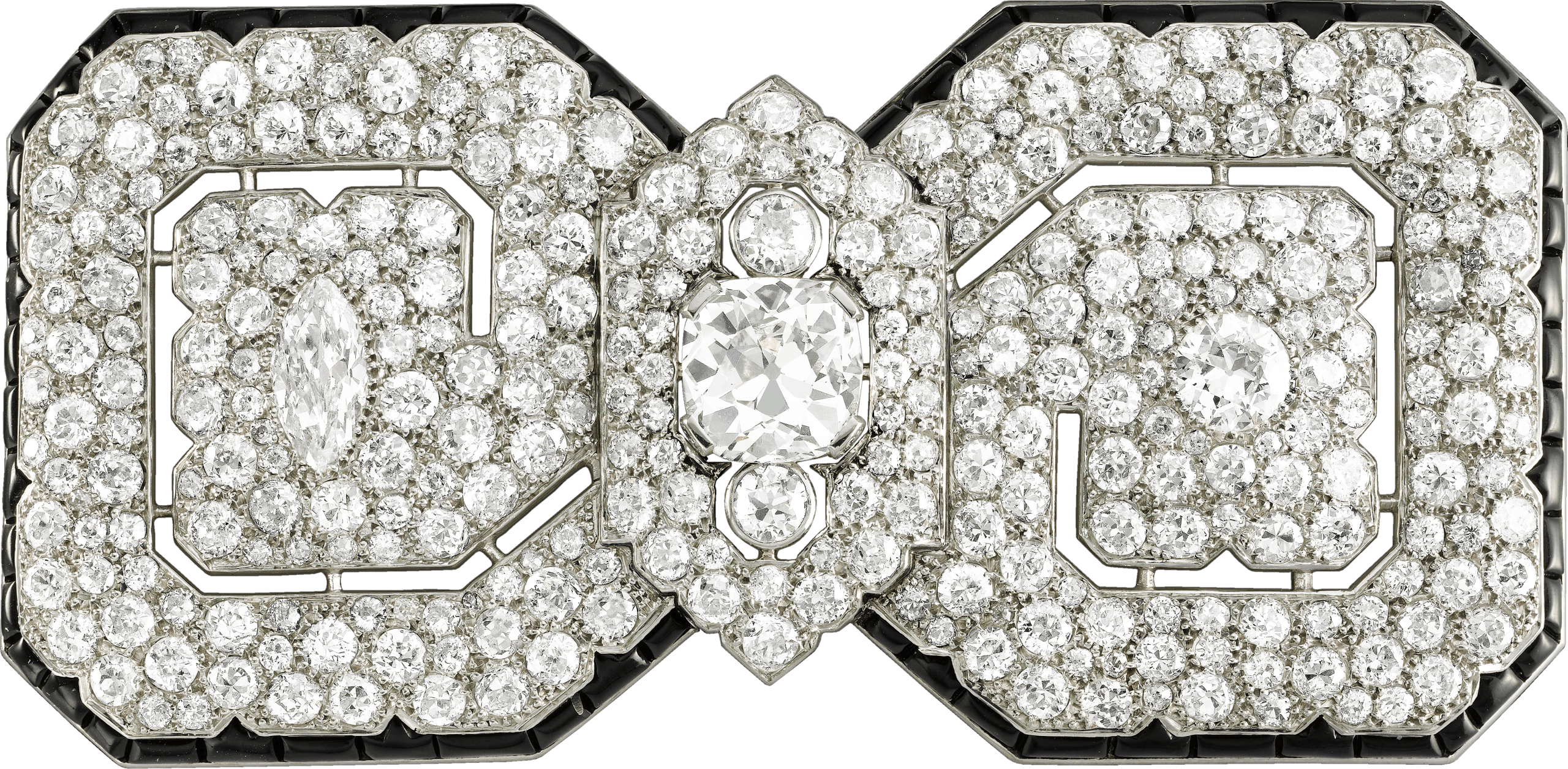

Cartier Antique Collection Geometric Bow Brooch (1928, Cartier Paris) Cartier Geometric Style Bracelet (1933, Cartier London)
From this, it’s easy to see that Cartier is not only a creator of iconic styles but also an active participant in the aesthetics of the era, advancing gradually under the influence of cultural integration.
—New Pathways in Dialogue with Art
Since the establishment of the Cartier Collection and the Fondation Cartier pour l’art contemporain in the 1980s, Cartier has more actively engaged in global art and cultural exchange activities.
In 1984, the launch of the Fondation Cartier pour l’art contemporain set a precedent for corporate support for art projects, inspiring many European brands to establish their own art foundations to project long-lasting values.
While the Cartier Collection provides historical evidence for the evolution of aesthetic tastes, the Fondation Cartier for Contemporary Art has opened new pathways in dialogue with art, sponsoring unique art exchange initiatives worldwide.
Bain & Company suggests that luxury brands undergo four phases of role evolution during their development: from creating consumer desire, accompanying consumers, and helping them define themselves, to eventually aiding consumers in becoming better versions of themselves and even driving the world towards improvement.
Undoubtedly, by launching the Cartier Collection and the Fondation Cartier pour l’art contemporain, the brand had already reached this fourth stage by the 1980s.
How Does Cartier Continuously and Long-term Engage in Cultural Exchange in China?
—Cartier’s Inspiration from China
China has endlessly inspired Cartier, with connections tracing back to the 1870s. The early 20th century’s eastward spread of Western influence ignited Cartier’s passion for Chinese art. During this period, also marked by Cartier’s exploration of Art Deco, the brand created a series of jewelry, clocks, and precious objects infused with Chinese style.
Louis Cartier himself collected numerous artifacts embodying Eastern aesthetics. For instance, a Chinese-style vanity case created in 1928 drew inspiration from a Kangxi period porcelain plate in Louis’s private collection.
A screen-shaped clock made in 1926 was inspired by Chinese literati desks, featuring an antique carved white jade dial and dragon decorations crafted from enamel.
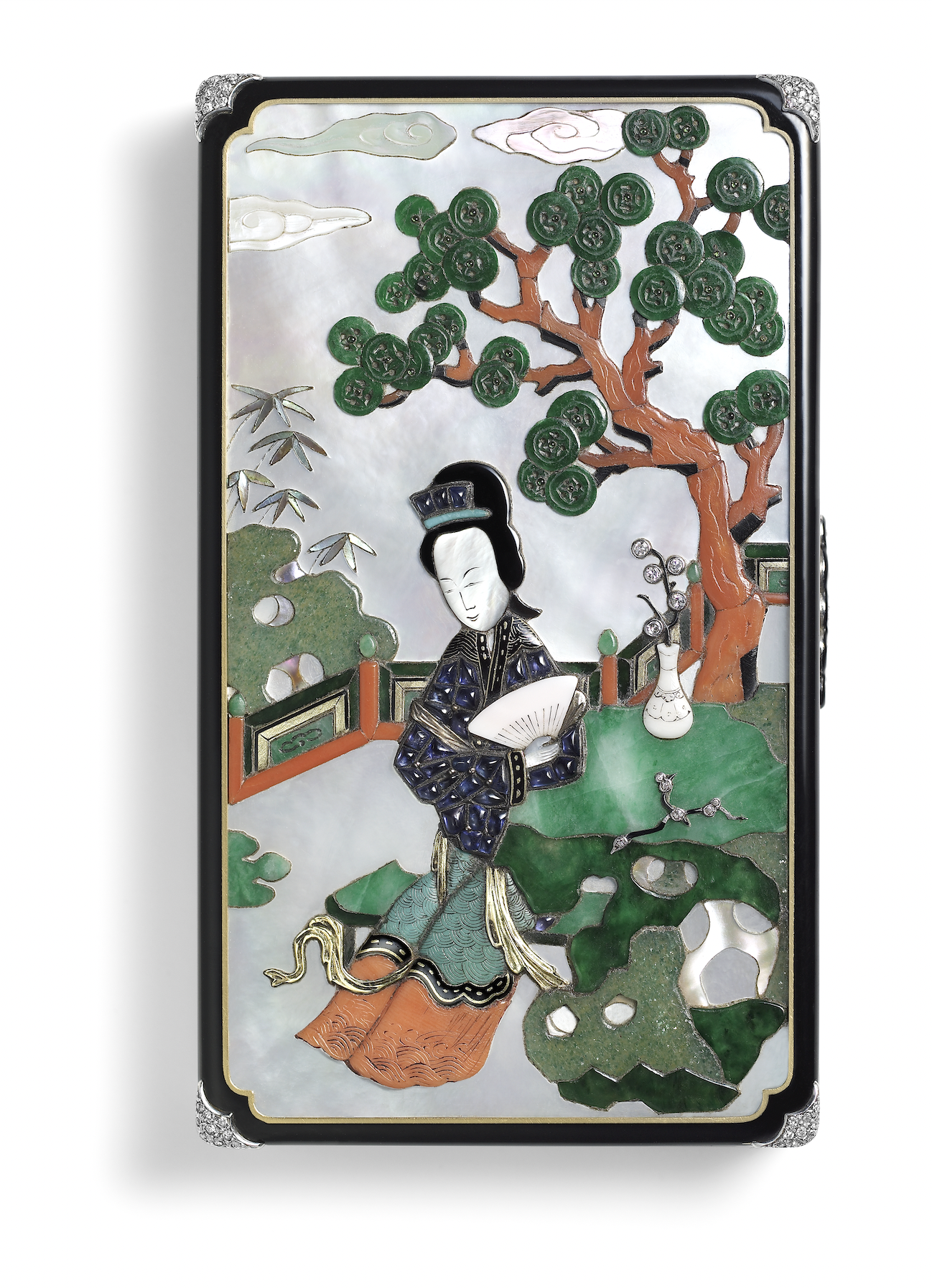
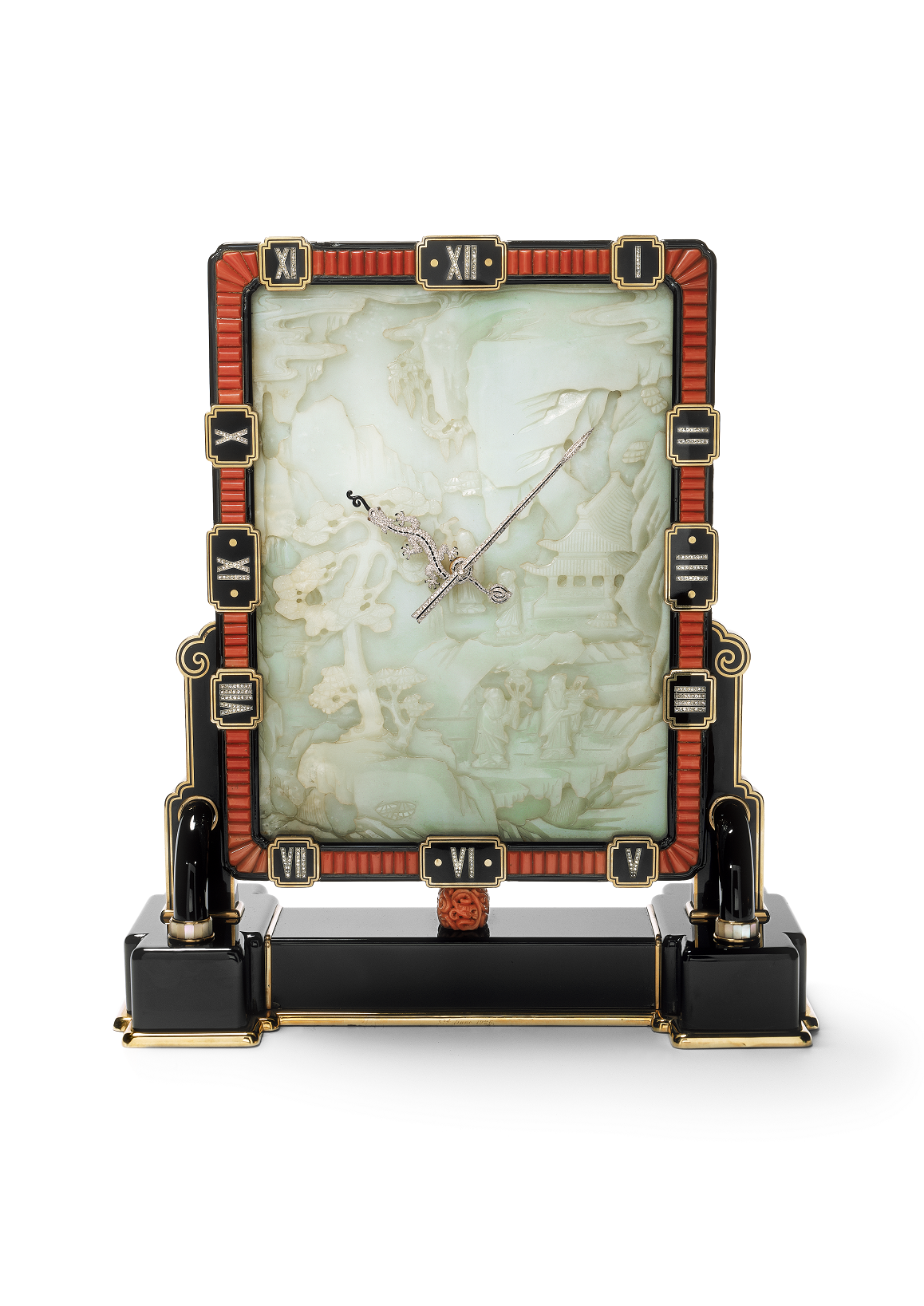
Chinese-style vanity case (1928), 10.0 × 5.8 × 1.6 cm, from the Cartier Collection Table clock with folding screen (1926), 32.7 x 29.5 x 12.0 cm, from the Cartier Collection
These designs not only respect Chinese inspirations but also reflect Cartier’s reinterpretation of contemporary aesthetics.
Commercially, Cartier has witnessed and participated in the evolution of China’s luxury market. In 1997, it opened its first boutique in Beijing’s Peninsula Hotel, becoming one of the earliest Western luxury brands to enter the Chinese market.
Today, Cartier continues to deepen its cultural connections with this vast land.
China has become one of the countries where Cartier’s collection has been exhibited the most, spanning cities like Shanghai, Beijing, Taipei, Shenyang, Chengdu, and Hong Kong. In November this year, an exhibition sponsored by Cartier will open at the Shanghai Museum’s East Wing, also a major event of the “Sino-French Year of Cultural Tourism.”
—Opening Doors to the Treasure Trove of Chinese Art
Pierre Rainero stated in an interview with The Forbidden City Magazine that Cartier’s role is to open doors for museum curators and experts, sharing precious historical archives, expertise, and exquisite craftsmanship.
In various cultural collaborations, Cartier consistently positions itself as a supporter, entrusting the lead to professional cultural institutions.
The brand archives, a century’s accumulation of cultural history, signify Cartier’s open and inclusive stance toward facilitating cultural engagement, embodying a top brand’s responsibility and commitment to cultural exchange and communication.
Cartier’s participation in the fields of culture and art transcends commercial dimensions and self-promotion. This stature stems from respect for the cultural world and a century-long commitment to cultural preservation and inheritance, helping the brand connect its past, present, and future.
Conclusion
Since its establishment in Paris in 1847, Cartier has continuously expanded its horizons beyond France, drawing inspiration from the aesthetic beauty of civilizations worldwide and integrating innovation and contemporary aesthetics as times evolve.
Cartier’s investment in culture and the arts continually enriches its aesthetic and artistic expressions, enhancing its brand assets and constructing a formidable moat around the brand.
A series of cultural and artistic activities have endowed Cartier with unparalleled cultural value, making the brand an indispensable part of contemporary global art and culture.
| Image Credit: Provided by Cartier
| Editor: LeZhi

